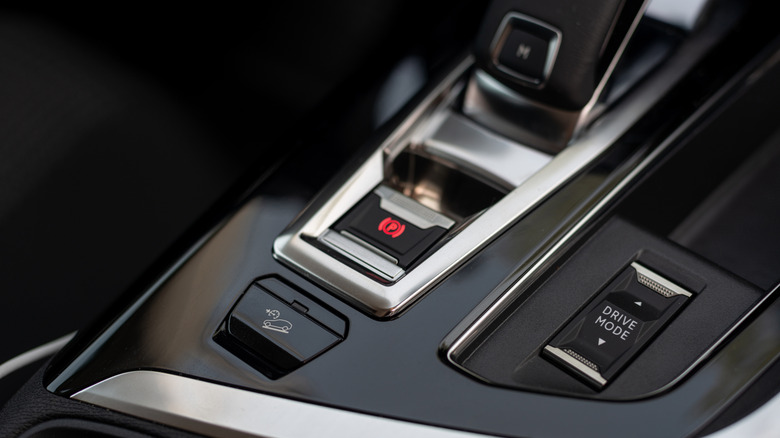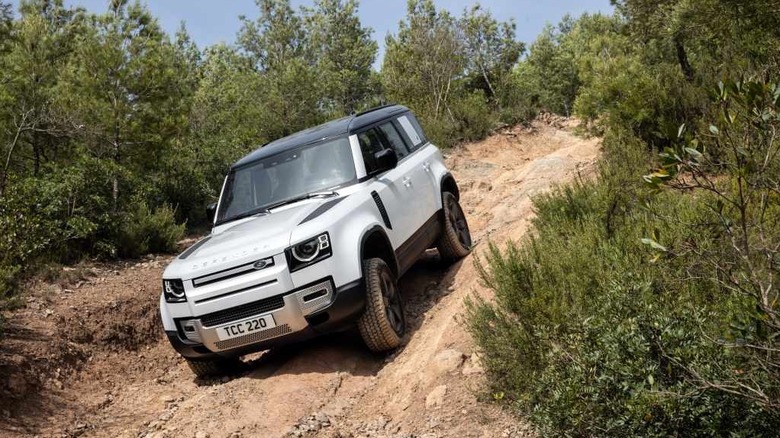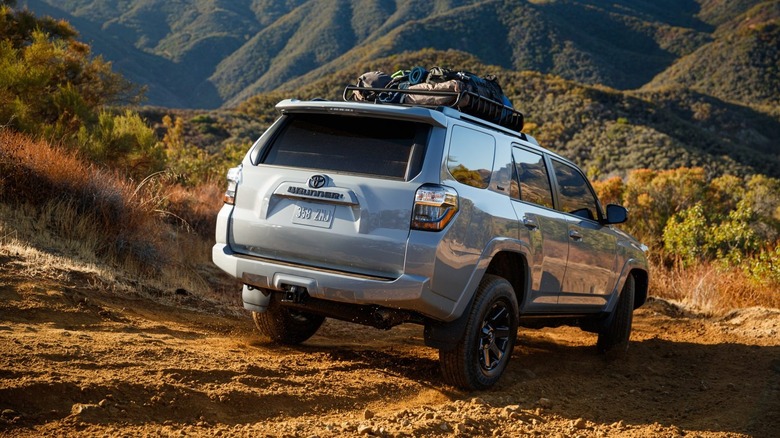What Is Hill Descent Control In SUVs And How Do You Use It?
Picture yourself on an epic off-road adventure and you arrive at a steep, rocky descent in your SUV. It's a critical situation where one wrong tap of the brakes and you could lose grip or slide off the side of the trail. That's where Hill Descent Control (HDC) comes in, a clever bit of tech that helps you navigate down gnarly hills and descents safely.
HDC was originally pioneered by Land Rover in the 1990s and has now made into many off-road vehicles and most modern SUVs that are better off-road than you might think. Think of it as the downhill version of cruise control, although it's more technical than that. Instead of you modulating the brakes and hoping your vehicle says planted, the system does the work for you. It uses a suite of onboard sensors, ABS, and the vehicle's computers to gently apply the brakes to each wheel, keeping your descent slow, smooth, and controlled.
HDC is at its most useful on really slippery terrain, think gravel, mud, snow, you name it. On these surfaces, even experienced off-roaders can slightly misjudge braking force. HDC lets the driver focus on steering and scanning the trail ahead as it takes over the stressful job from the driver. HDC is no gimmick either, and anyone who's ever felt there heart sink after a tire loses traction on a steep hill will know how valuable it is.
How hill descent control works
When you are sitting in the driver's seat HDC feels effortlessly simple, but that's far from what's actually going on behind the scenes. Some vehicles are ready to go off-roading fresh off the lot and others aren't, so first make sure your SUV has it. Once HDC is activated, usually by tapping a button near the gear shifter or on the infotainment screen, the system then kicks into gear, constantly checking speed, wheel rotation, and the angle of descent. A computer monitors this all in real time, moderating the traction control and ABS, and applies just the right amount of brake at each wheel to keep you steadily descending.
Like regular cruise control, the point of HDC is to hold the vehicles at a constant speed, except HDC aims to do it as slow as possible. Most systems let you tweak the descent speed using the cruise control buttons or paddle shifters, with a general range of around 2 to 5 mph, depending on the vehicle. Some brands, like Subaru, fine-tune the throttle and transmission too, adding an extra layer of smoothness on trickier trails.
That being said, it's not the kind of feature where you a set it and forget about it. HDC is best used in slippery, steep, off-road descents, but still requires the driver to engage with it. Try to use it on pavement or at higher speeds, and the system either won't activate, or it'll struggle to manage things properly. Think of HDC as your downhill assistant, not your autopilot, and you'll get the most out of it.
How to use hill descent control
Using hill descent control is usually as simple as pushing a button, but getting the most out of it requires a bit of know-how. First things first, slow down. HDC is designed for crawling, not coasting. Most systems won't even activate if you haven't come to a standstill. Although not necessary, you'll also want to be in the right drive mode to compliment it, that might mean low range, 4WD, or a dedicated off-road setting depending on your SUV.
Once you're rolling downhill, HDC takes over. You'll feel it gently grabbing each wheel as needed, keeping your speed in check while you steer. Generally in the best off-road vehicles, like the Toyota 4Runner, Jeep Wrangler, or Land Rover Defender, HDC often works in tandem with other off-road features like crawl control or terrain modes, forming an even more precise and controlled tool for navigating tricky terrain. Once you've finished your descent, you'll need to disengage the system to carry on driving normally.
Still, don't treat HDC like a substitute for paying attention and cautious driving. If you hit an unexpected turn or obstacle, you may need to take control by using the brake or throttle. Depending on the vehicles, the system will usually disengage as soon as you press a pedal, giving control back to you instantly. So yes, it's a huge help, especially for new off-roaders, but the best approach is still staying engaged and ready to step in.


